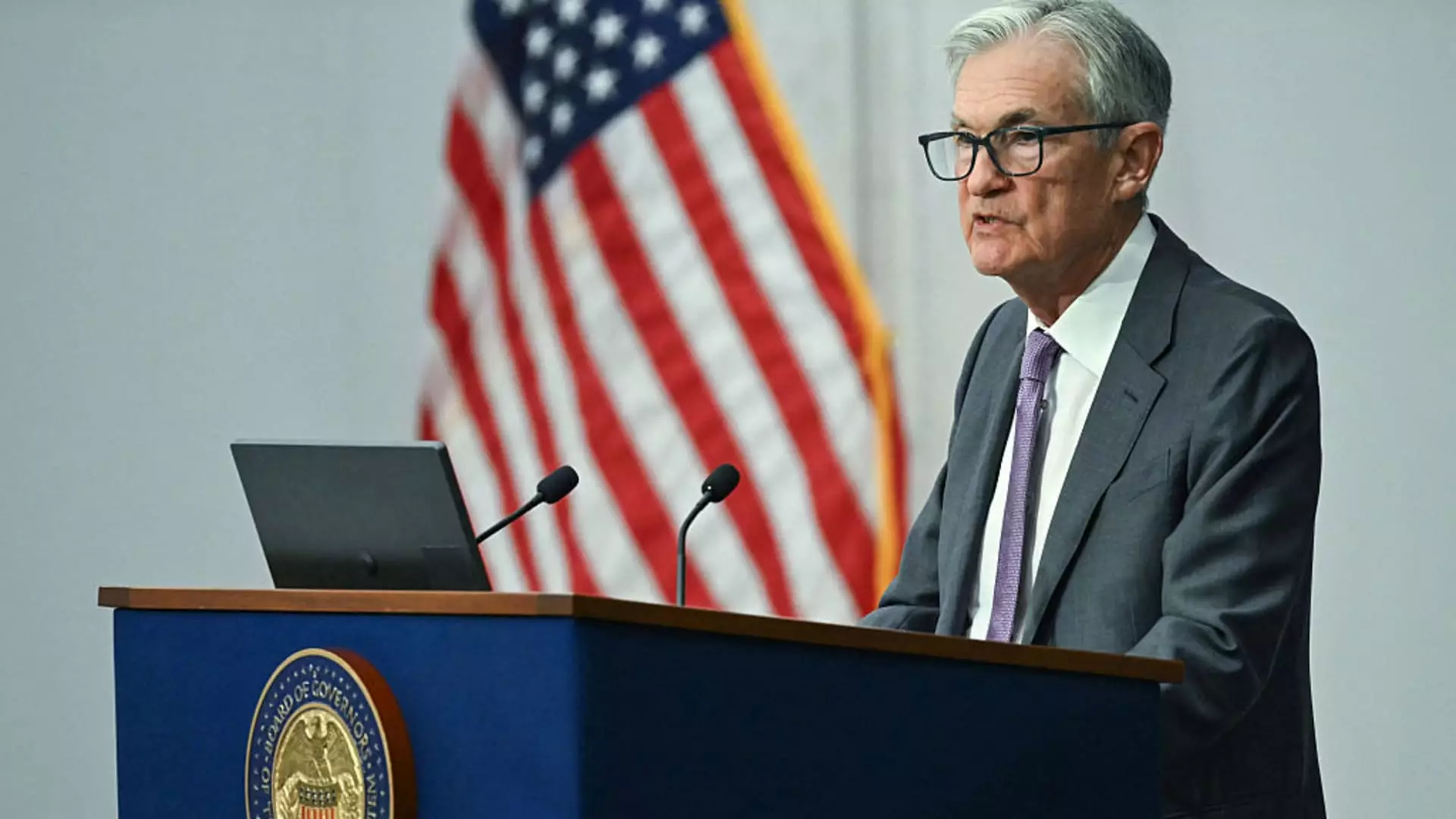As we navigate the treacherous waters of the post-pandemic economy, the recent forecasts from the Federal Reserve paint a worrying picture. The anticipated rise in the core personal consumption expenditures (PCE) price index to an unsettling 3.1% by 2025 is troubling, especially given the potential ramifications of President Trump’s erratic trade policies. Instead of stabilizing our economy, these unilateral tariffs could end up being a double-edged sword that leverages inflation back to tormenting levels. The irony is staggering; the very measures instituted to protect American businesses may render them impotent against rising costs, ultimately punishing the consumer.
GDP Growth: A Dismal Outlook
Moreover, the projected 1.4% growth in Gross Domestic Product (GDP) this year is shockingly low, marking a downgrade from the earlier forecast of 1.7%. This deceleration raises crucial questions about the underlying health of the economy. If the Fed’s own officials are expressing skepticism regarding growth, it’s a loud wake-up call for both policymakers and consumers alike. The forecasts suggest an economy running on fumes, threatening job stability and putting immense pressure on households who are already grappling with increased expenses.
The Stinging Burden of Tariffs
The weight of these tariffs—both in figurative and literal terms—cannot be understated. In a recent press conference, Fed Chair Jerome Powell underscored the inevitable fallout: “Ultimately, the cost of the tariff has to be paid.” This statement reveals the crucial link between policy decisions and consumer realities. As businesses attempt to circumvent absorbing the costs of tariffs, it becomes increasingly likely that these expenses are offloaded onto consumers. The result? A burden that disproportionately impacts the middle class, which is already feeling the strain from inflation—not the wealthy who can better absorb these shocks.
Geopolitical Frictions and Their Economic Toll
Adding fuel to this economic fire is the escalating conflict between Israel and Iran, which further complicates the Fed’s ability to maneuver. The looming shadow of high oil prices presents an unseen barrier to the Fed should they contemplate easing monetary policies. The reality is that geopolitical tensions often lead to increased volatility in global markets, creating a precarious balancing act for policymakers intent on promoting economic stability.
The Fed’s Dilemma: Rate Cuts on the Horizon
While some officials foresee a potential easing of interest rates down to 3.9% by the end of 2025, the divergence among the Federal Open Market Committee members is striking. The fact that seven participants predict no cuts this year signifies a growing apprehension. This divergence highlights an evolving philosophy within the Fed—one that is increasingly cautious about stimulating growth when inflationary pressures loom large.
In an economic climate fraught with uncertainty, it’s imperative for policymakers to recalibrate their strategies. The specter of inflation and slowing growth should not only galvanize the Fed into action but also compel thinkers to consider the broader implications of tariffs and geopolitical tensions. Our future economic stability hinges on making informed decisions now—one can only hope that the powers-that-be will heed the warning signs.

